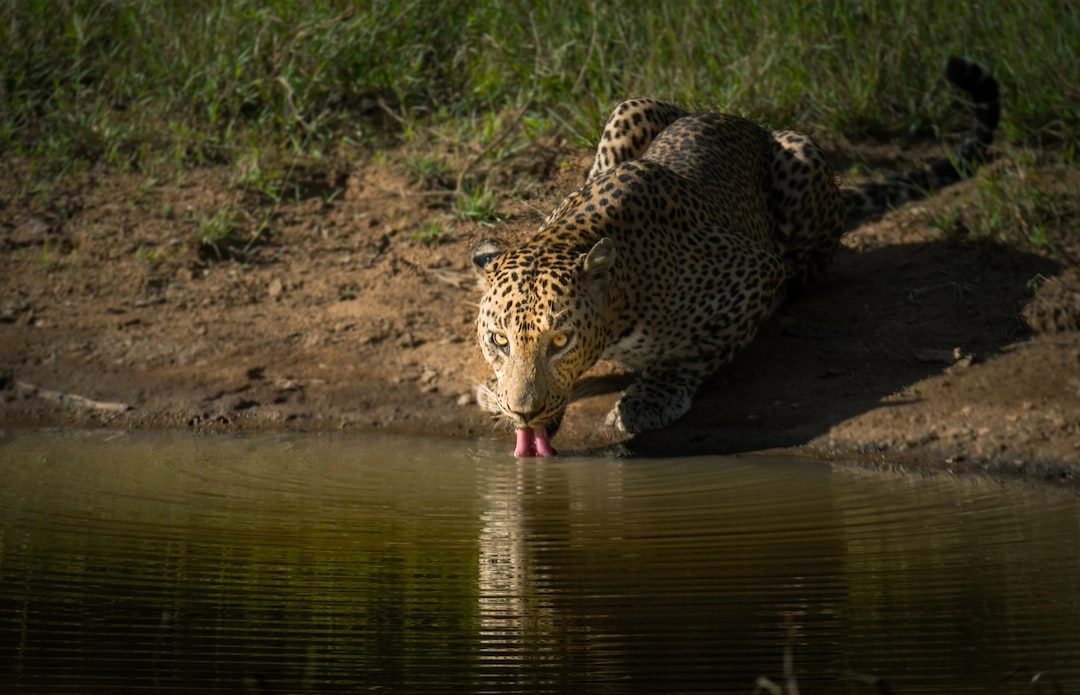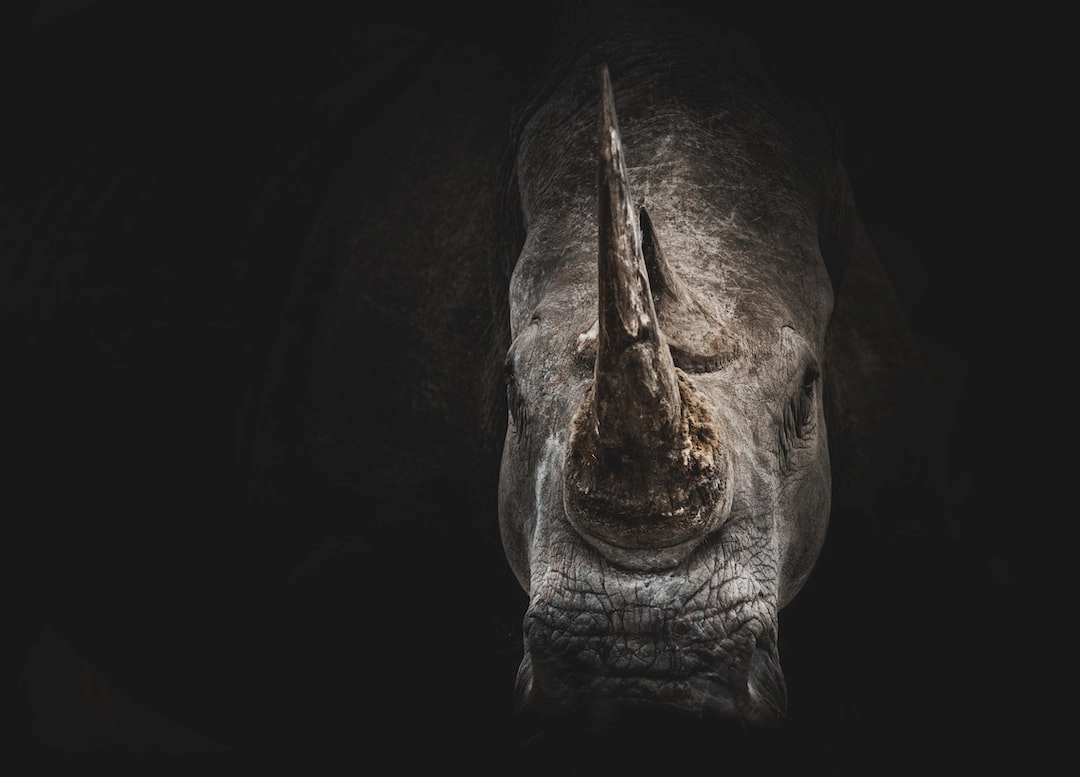What is Wildlife Conservation?
Wildlife conservation refers to the practice of protecting and preserving different species of animals, plants, and their habitats in order to maintain biodiversity and ensure their survival for future generations. It involves various efforts, such as implementing protective measures, conducting research, raising awareness, and promoting sustainable practices.
Real-World Problems Associated with Wildlife Conservation
Habitat Loss and Fragmentation
One of the major challenges in wildlife conservation is habitat loss and fragmentation. The increasing human population and expanding urbanization lead to the destruction and fragmentation of natural habitats, forcing wildlife to adapt to new environments or face extinction. This disruption often results in decreased access to food and water sources and increased encounters with human activities, increasing the risk of conflicts and endangering species survival.
Poaching and Illegal Trade
Poaching and illegal trade in wildlife parts and products, such as ivory, fur, and exotic pets, remain significant threats to wildlife conservation. The demand for these goods drives illegal hunting and trafficking activities, which push many species towards extinction. Conservation efforts often involve implementing strict laws, enhancing enforcement measures, and raising awareness to combat poaching and disrupt the illegal wildlife trade networks.
Climate Change and Habitat Disruption
Climate change is now recognized as a major threat to wildlife and their habitats. Rising temperatures, changing precipitation patterns, and extreme weather events disrupt ecosystems and alter natural habitats. This can lead to habitat loss, shifts in species distribution, and increased vulnerability to diseases. Wildlife conservation efforts must address climate change through mitigation and adaptation strategies, including habitat restoration, conservation planning, and reducing carbon emissions.
Human-Wildlife Conflict
Human-wildlife conflict arises when the needs and behaviors of humans and wildlife clash. As urban areas expand into wildlife habitats, instances of conflicts between humans and animals, such as crop raiding, livestock predation, and property damage, become more frequent. These conflicts often result in retaliatory killings of wildlife populations, further endangering their existence. Finding sustainable solutions that balance human needs with wildlife conservation is crucial in mitigating such conflicts.
Fragmented Conservation Efforts and Funding
Conservation efforts are often fragmented, with different organizations and stakeholders working independently on various projects. Lack of coordination and collaboration can hinder the effectiveness of these efforts. Additionally, inadequate funding poses a challenge to implementing comprehensive and sustainable conservation strategies. Addressing these issues requires increased collaboration among conservation organizations, governments, and local communities, along with secure and sustained funding to support long-term conservation initiatives.

Potential Solutions for Wildlife Conservation
There are several solutions that can help address the real-world problems associated with wildlife conservation. These solutions involve various approaches, collaborations, and actions to ensure the protection and preservation of wildlife and their habitats.
Habitat Conservation and Restoration
One key solution is the conservation and restoration of habitats. This can be achieved by establishing protected areas, national parks, and wildlife reserves, which provide safe spaces for wildlife to thrive. Additionally, efforts must focus on restoring degraded habitats through reforestation, habitat connectivity projects, and the creation of wildlife corridors to promote biodiversity and allow animals to move between fragmented habitats.
Strengthened Law Enforcement and Anti-Poaching Measures
To combat wildlife poaching and illegal trade, law enforcement efforts should be strengthened. This includes increasing penalties for wildlife crimes, enhancing surveillance and monitoring systems, supporting and training wildlife rangers, and improving international collaboration to dismantle illegal wildlife trafficking networks. Public awareness campaigns play a vital role in educating communities about the impacts of poaching, reducing the demand for illegal wildlife products.
Climate Change Mitigation and Adaptation
Addressing climate change is crucial for wildlife conservation. This involves reducing greenhouse gas emissions through adopting sustainable practices, supporting renewable energy sources, and advocating for policies that promote climate action. Conservation efforts should also focus on adapting to the changing climate by implementing climate-resilient strategies, restoring and protecting vulnerable habitats, and assisting species in shifting their ranges to suitable areas.
Community Engagement and Sustainable Development
Engaging local communities is essential for successful wildlife conservation. Involving communities in decision-making processes, providing alternative livelihood options, and promoting sustainable practices, such as ecotourism and sustainable agriculture, can help reduce human-wildlife conflicts and ensure the long-term support of conservation initiatives. Building partnerships between conservation organizations, governments, local communities, and indigenous peoples is crucial in developing effective and inclusive conservation strategies.
Increased Funding and Collaboration
Securing adequate funding is vital for the success of wildlife conservation efforts. Governments, philanthropic organizations, and individuals should allocate more resources to support conservation projects. Collaboration among different stakeholders, including researchers, policymakers, nonprofits, and local communities, is crucial to maximize the impact of conservation efforts. Sharing knowledge, expertise, and best practices can lead to more coordinated and effective action in protecting wildlife and their habitats.













